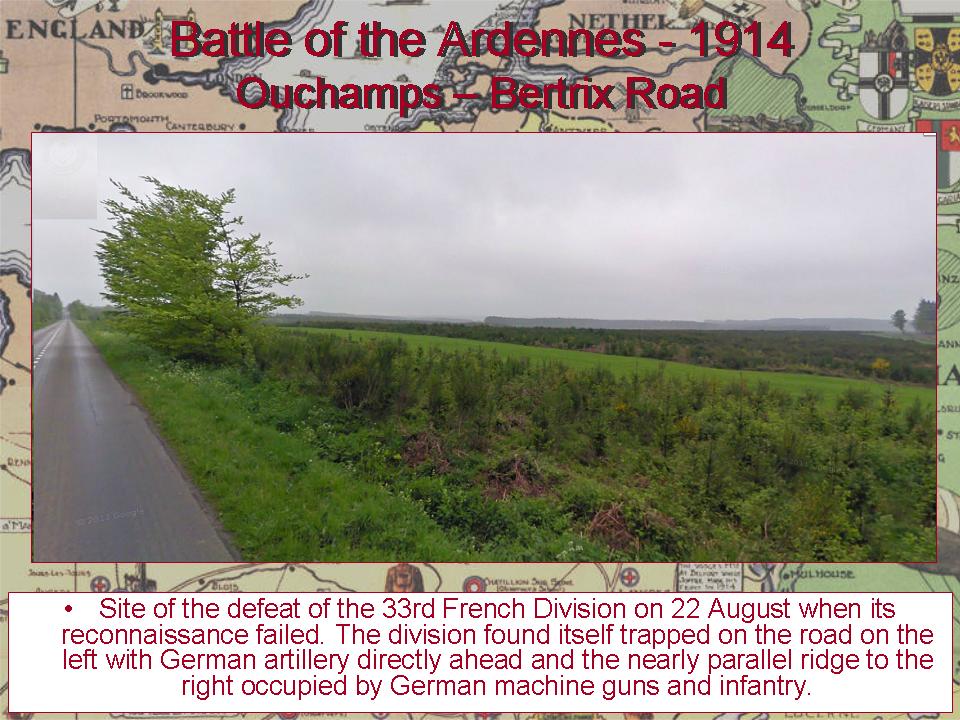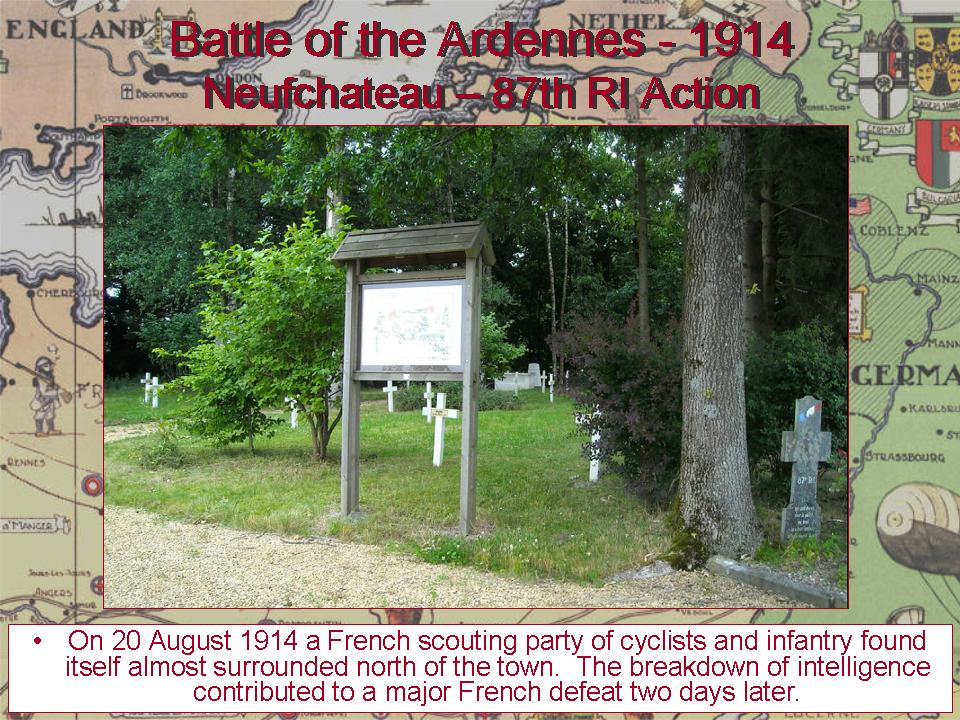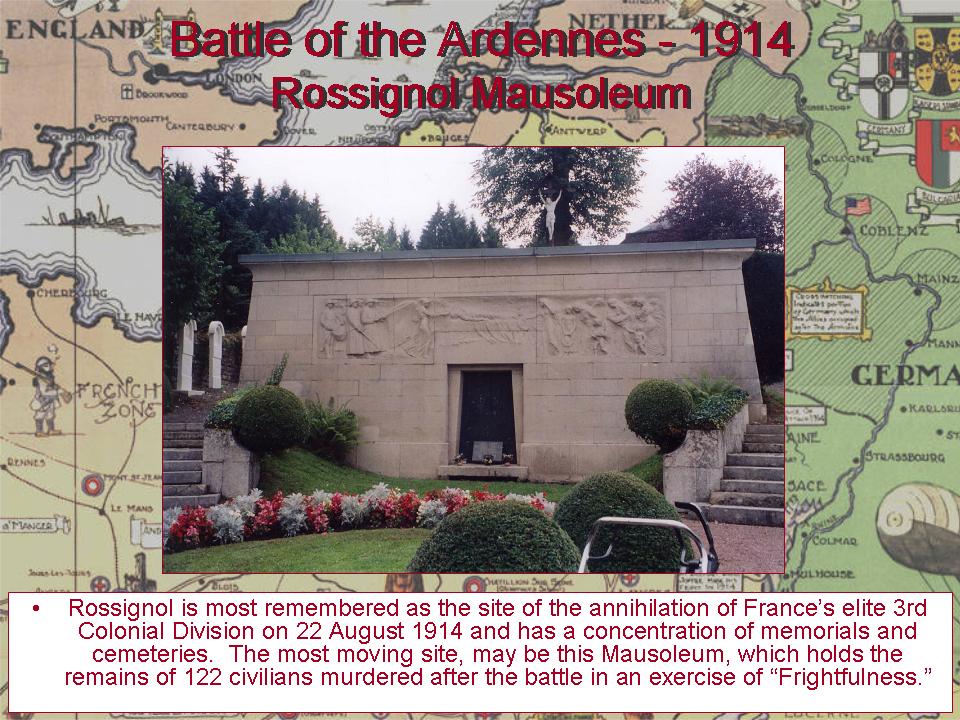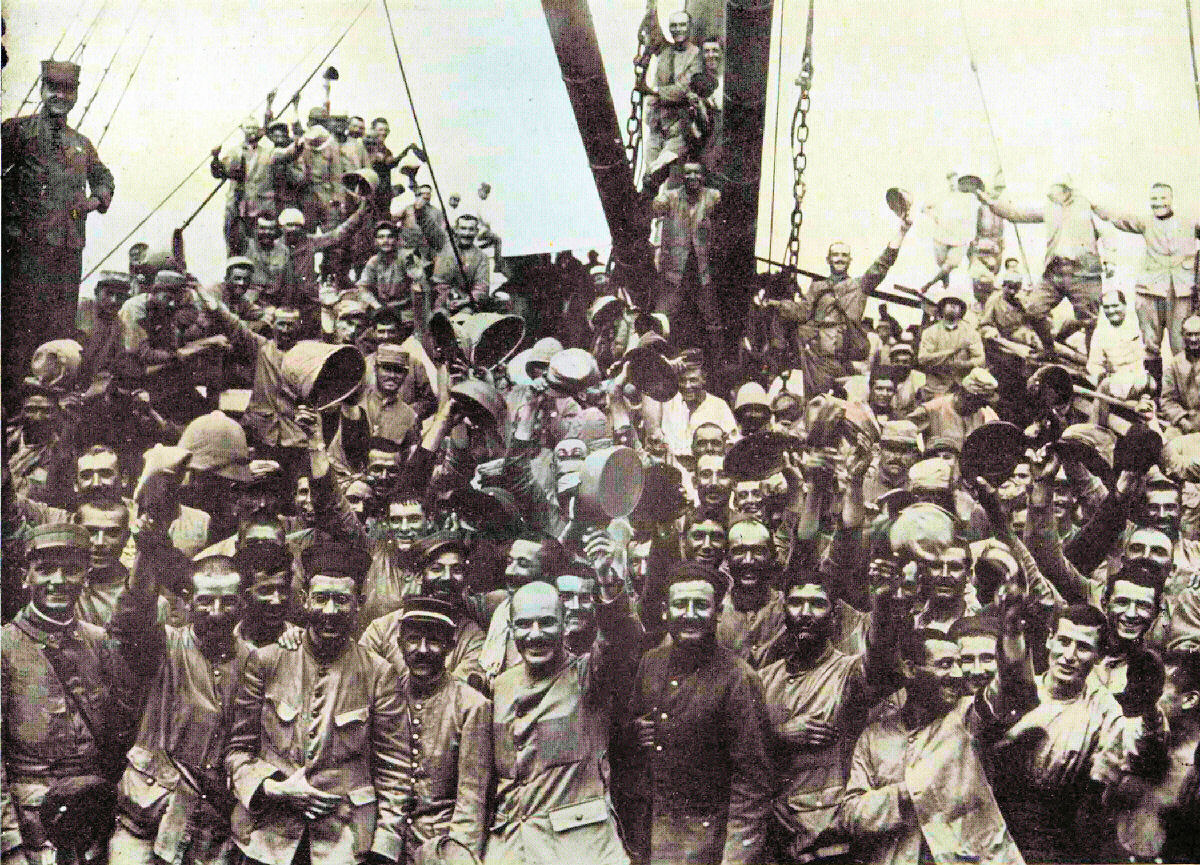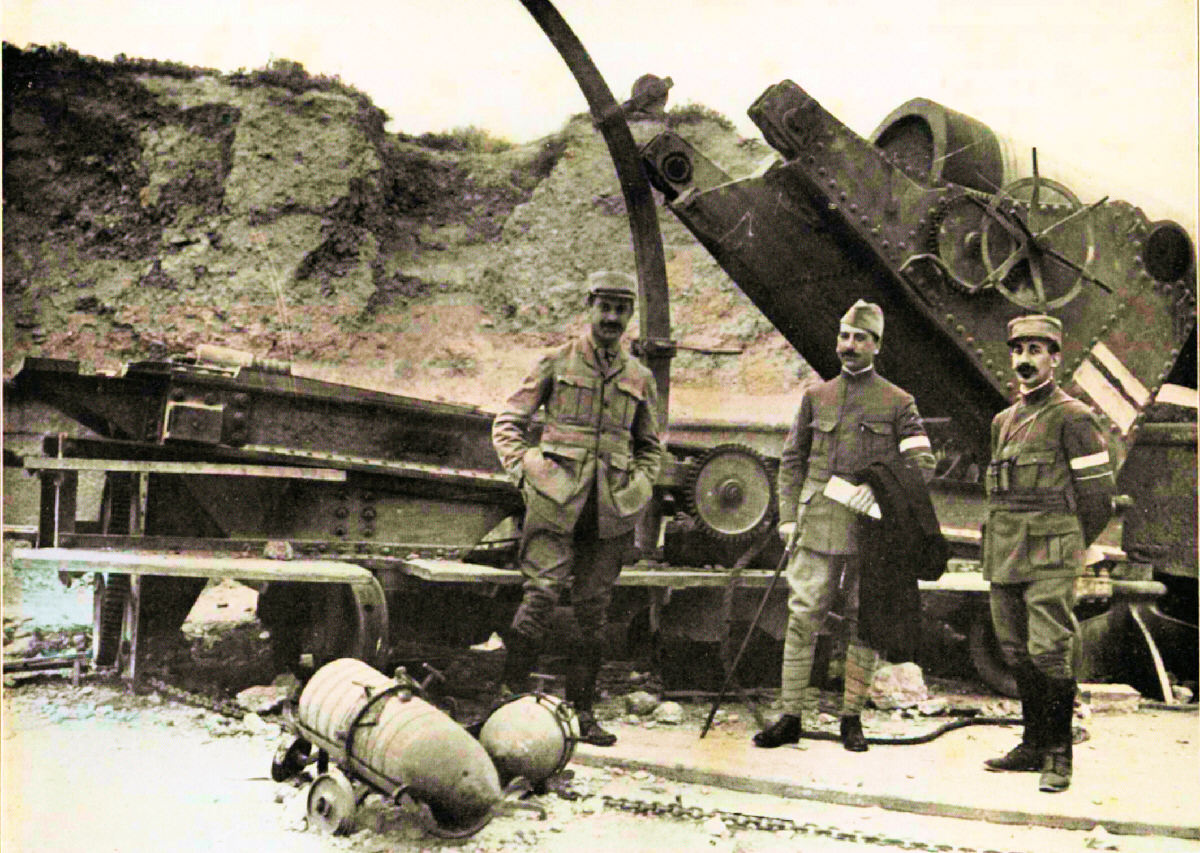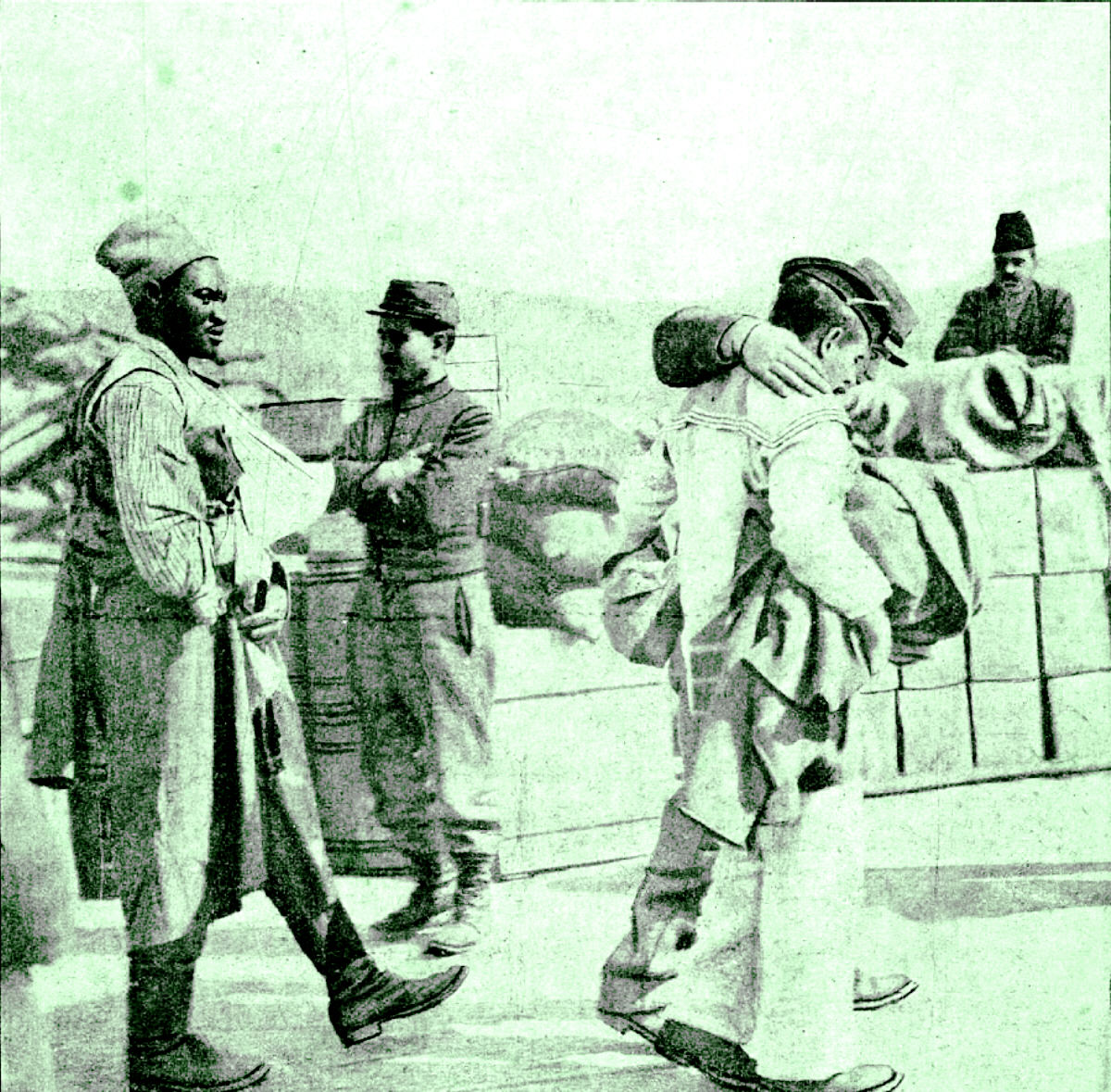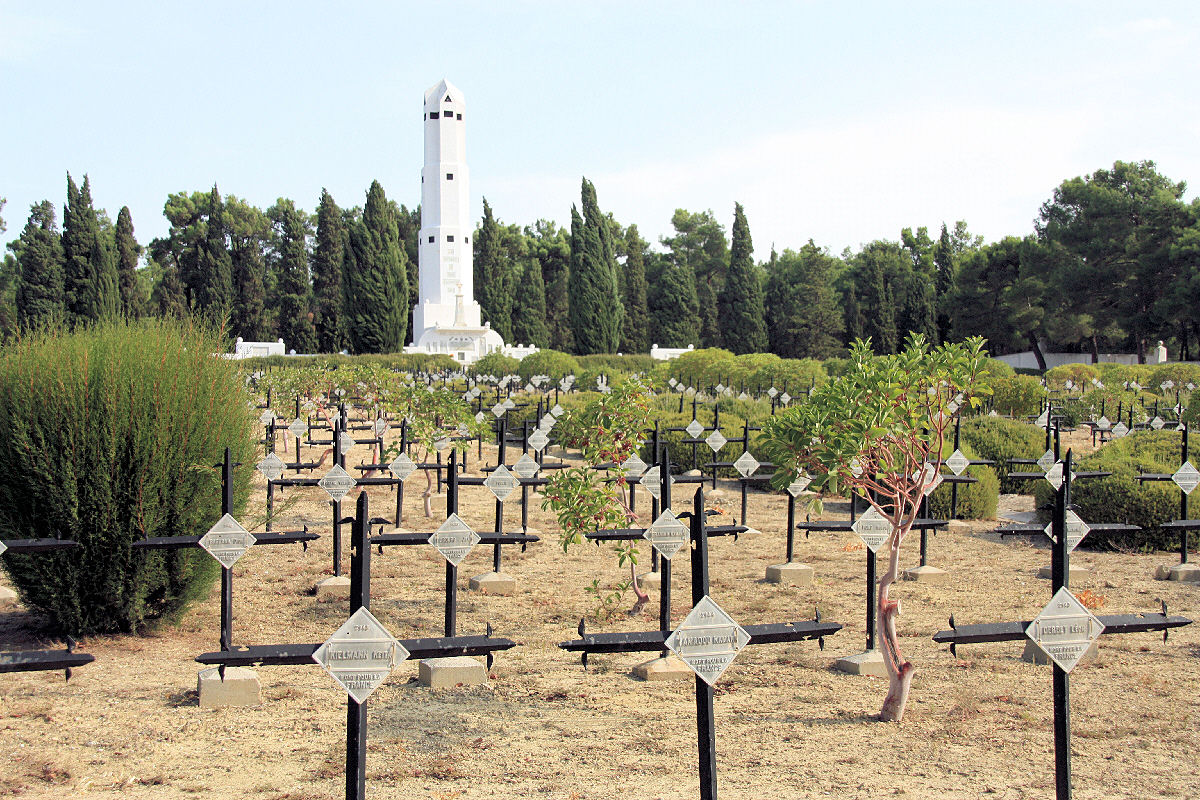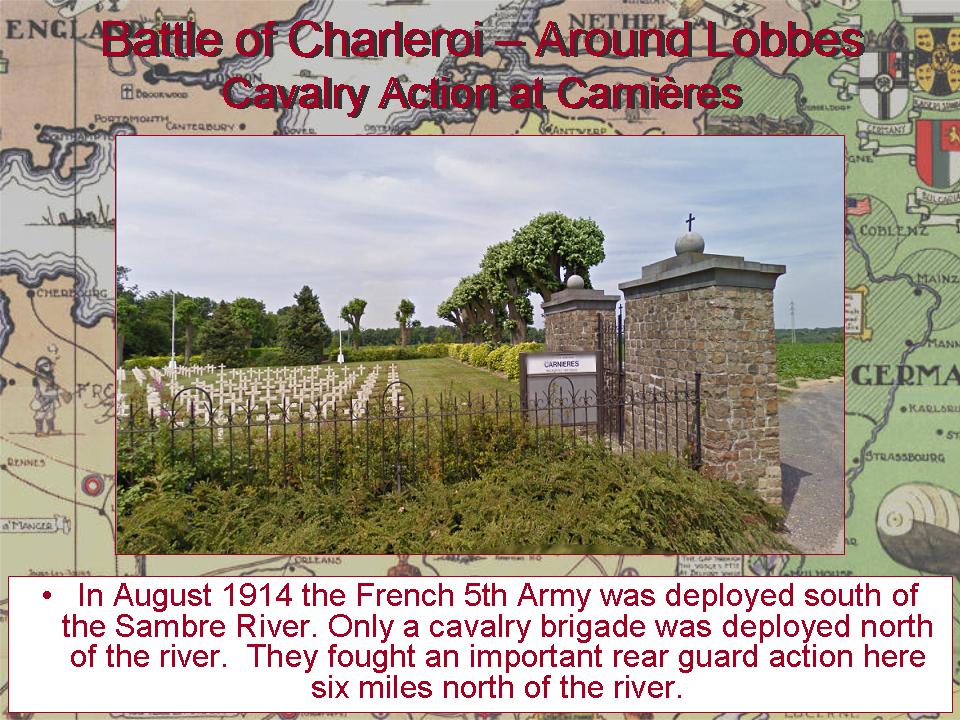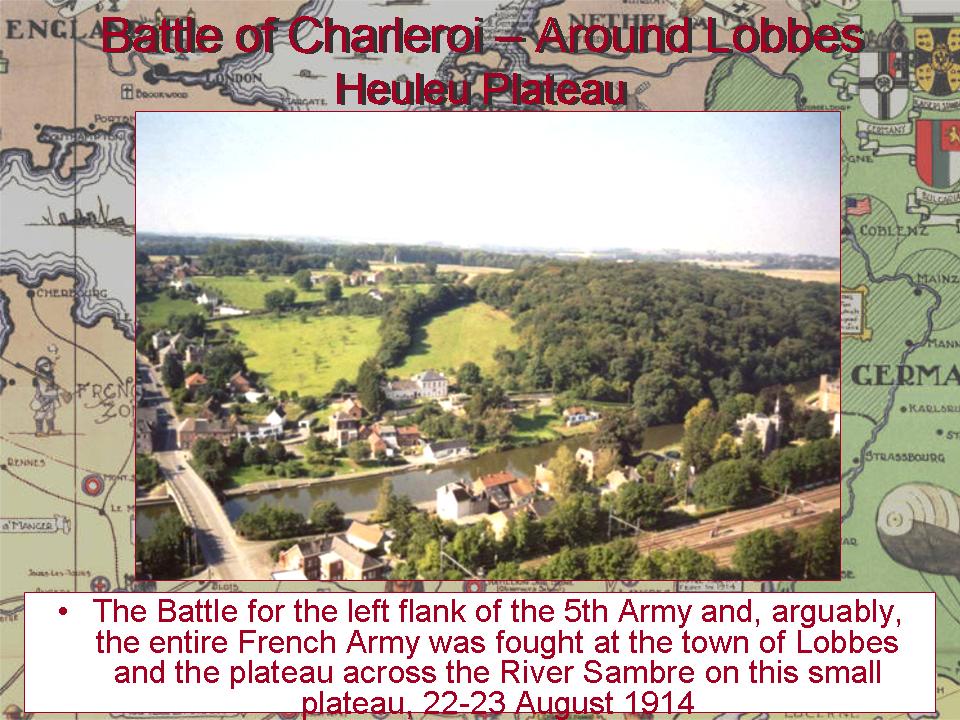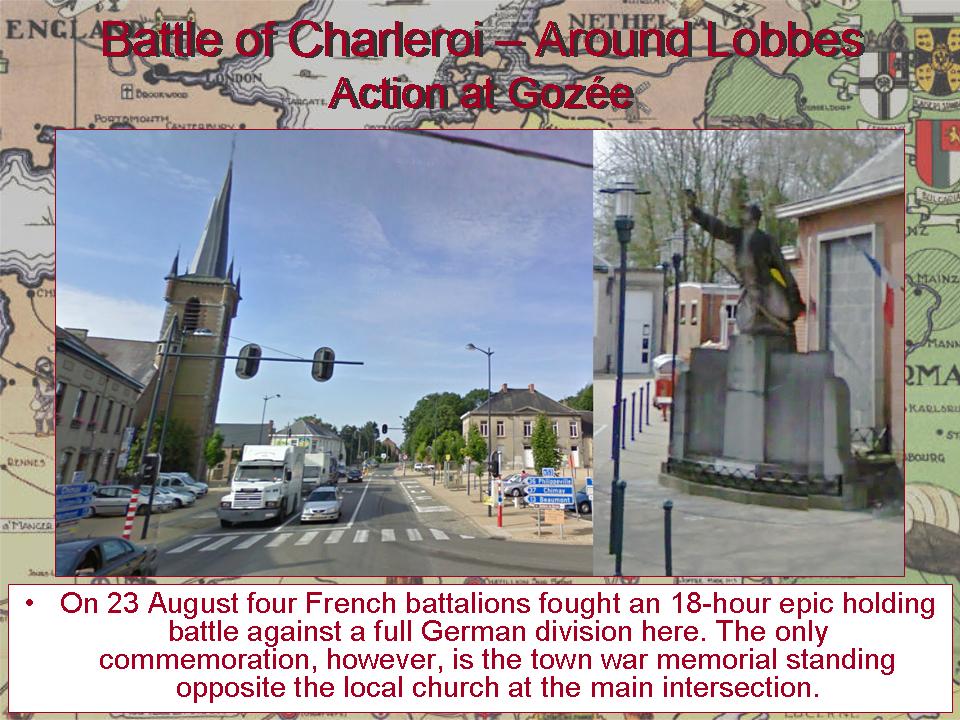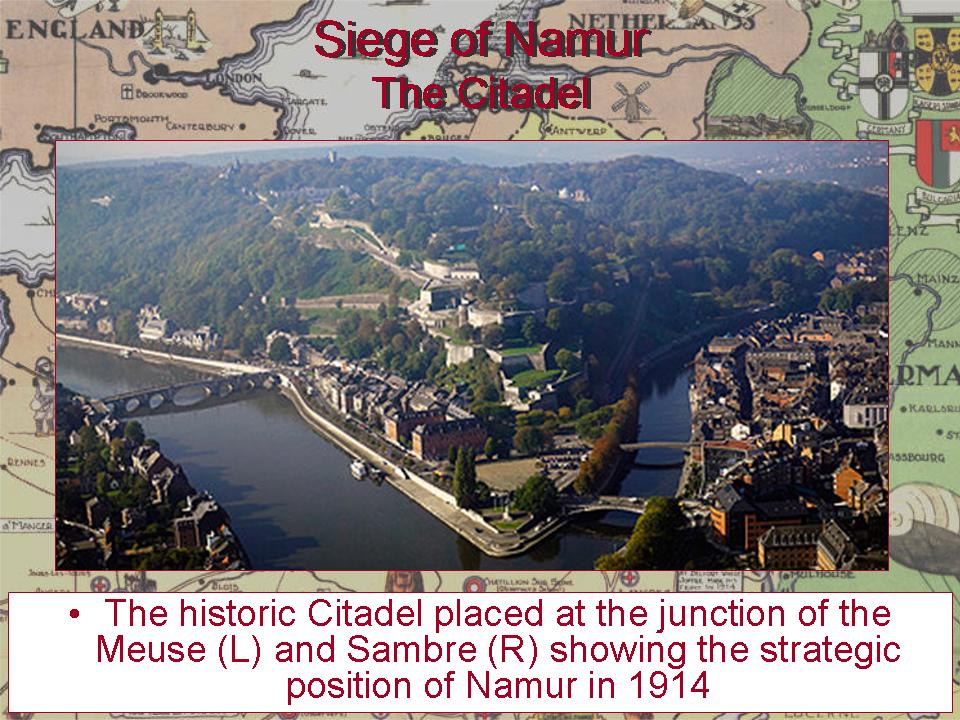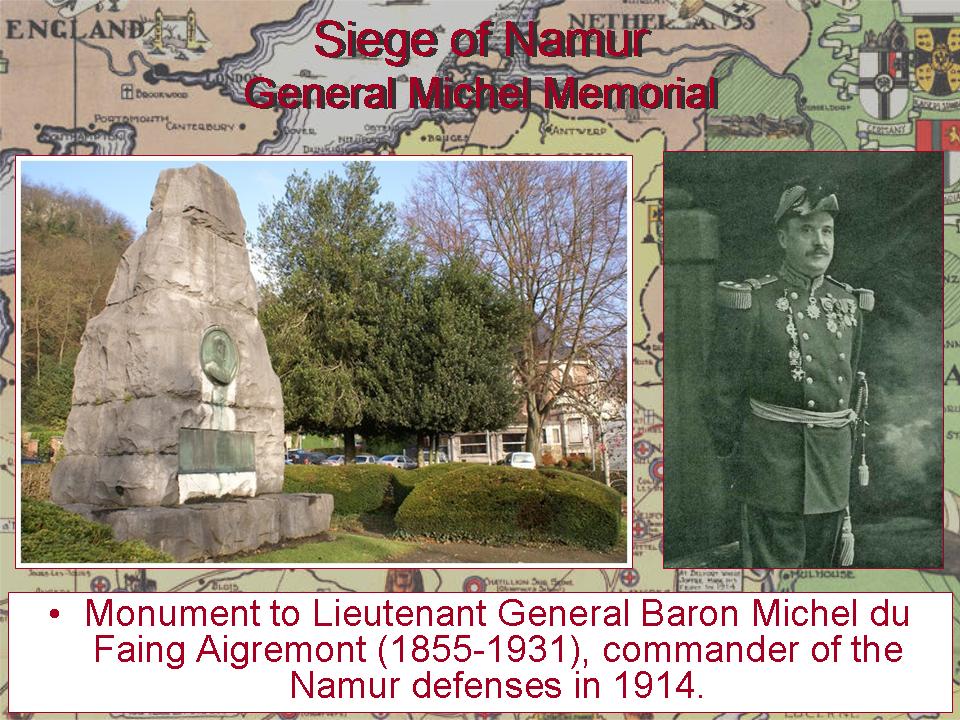Now all roads lead to France and heavy is the treadEdward Thomas, Roads
Of the living; but the dead returning lightly dance.
Wednesday, April 30, 2014
Tuesday, April 29, 2014
Harry's War: The Great War Diary of Harry Drinkwater — Reviewed by Jane Mattisson Ekstam
Harry's War: The Great War Diary of Harry Drinkwater
Jon Cooksey and David Griffiths (eds.)
London, Ebury Press, 2013
Harry Drinkwater's diary is a testament to one man's attempt to maintain his humanity throughout the war, both in battle and while waiting patiently in the trenches. Covering the full period of the war, Drinkwater's diary provides rare insights into conditions at the front, the conduct of major battles, and the hopes and fears of the ordinary soldier. As the war progressed, Drinkwater's tone developed and became stronger and more passionate. As Jon Cooksey (ed.) writes in his introduction, the diaries contain "vivid personal descriptions of the brutal vagaries of war written in real time on the battlefields, charting, with a fresh candour and honesty, the mixed fortunes which befell Harry and the men with whom he lived and served."
Drinkwater's diary entries transport one to the very heart of the action, recording details of mud, cold, fear, smells, and the scent of spilled blood. They also describe the transformation of a private soldier to a commissioned officer, showing how Harry moved from being a private soldier taking orders to an officer giving orders, yet he reveals time and time again that he has not forgotten what it was like to be on the receiving end of orders.
Harry's War is a series of scenes which, unlike many World War One diaries, does not end abruptly with the writer's death. In contrast to many survivors of the war, Drinkwater did not bury his feelings and refuse to talk about his experiences; instead, he revised his diary and recorded his feelings in detail. Cooksey argues that Drinkwater's diary is "one of the most potent of all those that have yet emerged from the First World War. It will carry far into the next 100 years." As the reader progresses through Harry's War, the truth of this assertion becomes increasingly convincing.
The nine chapters — dealing with enlistment, the Somme, Arras, return to the Somme, French Flanders, promotion, Passchendaele, Italy, and Lys respectively — are introduced by a short historical context enabling the reader to better understand Drinkwater's observations. Many of the diary entries are unusually lengthy, some being up to five pages long. A case in point is the entry for Tuesday 5 September 1916, which is four pages long, and in which Drinkwater describes in graphic detail his situation at the Somme:
My position was secure as long as I lay in the bottom of the shell-hole but I was exposed to fire on my right. To attempt to go forward under the circumstances would have been absurd. I was carrying part of the Lewis gun and had no idea where the team was. To make for our line was risky; I had been watching some of our fellows try to do so and they were lying about over the ground, shot through the back, so I lay down beside the German. I found myself covered in maggots, and as best as I was able I covered him with dirt but I could not keep the smell down. So I lit my pipe and blew the smoke into my haversack.
Jane Mattisson Ekstam
Drinkwater's diary entries transport one to the very heart of the action, recording details of mud, cold, fear, smells, and the scent of spilled blood. They also describe the transformation of a private soldier to a commissioned officer, showing how Harry moved from being a private soldier taking orders to an officer giving orders, yet he reveals time and time again that he has not forgotten what it was like to be on the receiving end of orders.
Order Now |
The nine chapters — dealing with enlistment, the Somme, Arras, return to the Somme, French Flanders, promotion, Passchendaele, Italy, and Lys respectively — are introduced by a short historical context enabling the reader to better understand Drinkwater's observations. Many of the diary entries are unusually lengthy, some being up to five pages long. A case in point is the entry for Tuesday 5 September 1916, which is four pages long, and in which Drinkwater describes in graphic detail his situation at the Somme:
My position was secure as long as I lay in the bottom of the shell-hole but I was exposed to fire on my right. To attempt to go forward under the circumstances would have been absurd. I was carrying part of the Lewis gun and had no idea where the team was. To make for our line was risky; I had been watching some of our fellows try to do so and they were lying about over the ground, shot through the back, so I lay down beside the German. I found myself covered in maggots, and as best as I was able I covered him with dirt but I could not keep the smell down. So I lit my pipe and blew the smoke into my haversack.
 |
| Harry Drinkwater, Soldier of the King |
Harry Drinkwater died in 1978. His death and his contributions to our understanding of World War One were noted by many British newspapers, including the Mail Online, whose article on Drinkwater contains a number of extracts from his diary as well as some photographs
(http://www.dailymail.co.uk/news/article-2491760/Harry-Drinkwaters-lost-diary-Great-War.html).
Edited by a leading military historian (Jon Cooksey) and by an author, former soldier, and collector of militaria (David Griffiths, who is also the owner of Drinkwater's diary), Harry's War: The Great War Diary of Harry Drinkwater is a unique account that tells a personal story that has been "silent" for a hundred years. Interspersed with black and white photographs, it brings the horrors as well as the rare pleasures of war to life in intricate detail. It also tells the story of an extraordinary man who should , in fact, never have enlisted (he was half an inch too short) but who was ultimately to be awarded the Military Cross.
Dubbed by Roderick Suddaby, former keeper of the Department of Documents at the Imperial War Museum as "one of the best diaries of the First World War," Drinkwater's diary is to be published fittingly on the eve of the centenary of the outbreak of World War One. "Harry's war" is a war shared by many, but few have been able to describe it in such detail, with such sincerity and over the entire length of the war.
(http://www.dailymail.co.uk/news/article-2491760/Harry-Drinkwaters-lost-diary-Great-War.html).
Edited by a leading military historian (Jon Cooksey) and by an author, former soldier, and collector of militaria (David Griffiths, who is also the owner of Drinkwater's diary), Harry's War: The Great War Diary of Harry Drinkwater is a unique account that tells a personal story that has been "silent" for a hundred years. Interspersed with black and white photographs, it brings the horrors as well as the rare pleasures of war to life in intricate detail. It also tells the story of an extraordinary man who should , in fact, never have enlisted (he was half an inch too short) but who was ultimately to be awarded the Military Cross.
Dubbed by Roderick Suddaby, former keeper of the Department of Documents at the Imperial War Museum as "one of the best diaries of the First World War," Drinkwater's diary is to be published fittingly on the eve of the centenary of the outbreak of World War One. "Harry's war" is a war shared by many, but few have been able to describe it in such detail, with such sincerity and over the entire length of the war.
Jane Mattisson Ekstam
Monday, April 28, 2014
29 April 1916: British Imperial Forces Surrender at Kut
Contributed by Matt Church
Anglo-Indian forces surrendered at Kut in modern-day Iraq on 29 April 1916, bringing to an end a calamitous campaign to take Baghdad. British forces landed in Basra in 1914 as a military demonstration. Protecting British commerce, securing Persian Gulf oil, and projecting British influence were the original goals of this demonstration, but the situation changed drastically in the coming months (Church, 2005). In April 1915, Sir John Nixon took command of British forces in Iraq and received orders to draw up plans for an advance on Baghdad. Nixon interpreted this as an order to advance on Baghdad and ordered forces under Major General Townshend to advance. Anglo-Indian forces seized Amara, Nasiriya, and Kut by 29 September 1915. With Persian Gulf oil supplies secure and a foothold in Mesopotamia established, the opportunity to capture Baghdad still loomed large. Mesopotamia was the third focus of British Middle Eastern Operations behind the Suez Canal and Gallipoli. With stalemates at the latter two, it is presumable that British leaders were searching for a morale-boosting victory in the region. The Home Government, Indian Government, and military authorities wrangled over whether or not Baghdad should be taken, and ultimately Austen Chamberlain, Secretary of State for India, approved an advance on Baghdad. Officials decided Baghdad could be taken if it could be held, and this decision doomed British forces in Mesopotamia.
 |
| Turkish Trenches Cutting Off Kut |
Upon receiving approval, Nixon ordered Townshend's forces to advance on Baghdad. British military intelligence believed the nearest Ottoman forces to be between 350 and 400 miles away. The Ottomans managed to pull together enough reinforcements to send troops to confront the British advance. British forces met the Ottoman advance guard at Ctesiphon in November of 1915. The resulting battle inflicted enough damage upon British forces to convince Townshend to order a retreat. Townshend believed his forces to be overextended and ordered a retreat to Kut, where they entrenched themselves near the Tigris River to await reinforcements. British forces had two months of supplies but were confronted by Ottoman forces that were masters of siege warfare. Ottoman forces encircled the British positions with earthworks and laid siege to Townshend's forces. Between January and March 1916, four attempts to break Ottoman lines by Townshend's forces and a relief force were repelled. The last attempt known as the battle of the Dujaila Redoubt left a thousands combatants dead. After this setback, annual floods stemming from melted snow from Zagros Mountains swelled the rivers, The resulting floods cut Kut off completely from reinforcements. Surrounded by floodwaters and Ottoman forces, Townshend's forces surrendered. Townshend and 10,000 survivors went into captivity. Captivity was harsh, and 4,000 soldiers died in enemy hands. Kut was retaken in late 1916 when a British force of 200,000 overran 10,000 Ottomans.
 |
| General Townshend in Custody After His Surrender |
Historian Briton Cooper Busch summarized the campaign by stating "a demonstration had become an invasion, a successful advance had become a humiliating setback." Like Salonika, a British campaign against a seemingly inferior force resulted in a stalemate and drained resources. Worse yet, the British forces were humiliated and humbled by an enemy that was supposed to be no closer than 350 miles. British prisoners endured brutal treatment in captivity and only 6,000 of 10,000 survived. All of this was due to indecision over whether or not to take Baghdad and the lack of satisfaction with the initial objectives. The capture of Baghdad would do nothing to turn the tide in the Middle East — that would happen in Palestine and Greater Syria. Baghdad served only to bring about significant loss.
Sunday, April 27, 2014
Vicious War Cartoons from the French Daily Excelsior
The French daily, Excelsior, created in 1910, was the first French periodical devoted to photography. Between 1914 and 1918, Pierre Lafite, its founder, sent reporters to photograph France at war. Issues included cartoons mostly directed against the enemy. Here are four especially vicious examples from the collection of Tony Langley. The editors drew on Punch and Russian sources.
Saturday, April 26, 2014
Friday, April 25, 2014
Western Front Virtual Tour —
Stop 17: The Battle of the Ardennes — 1914
Thursday, April 24, 2014
25 April, ANZAC Day: The Forgotten French Contribution
Here is a series of photos of the French forces sent to the Dardanelles from Tony Langley's collection:
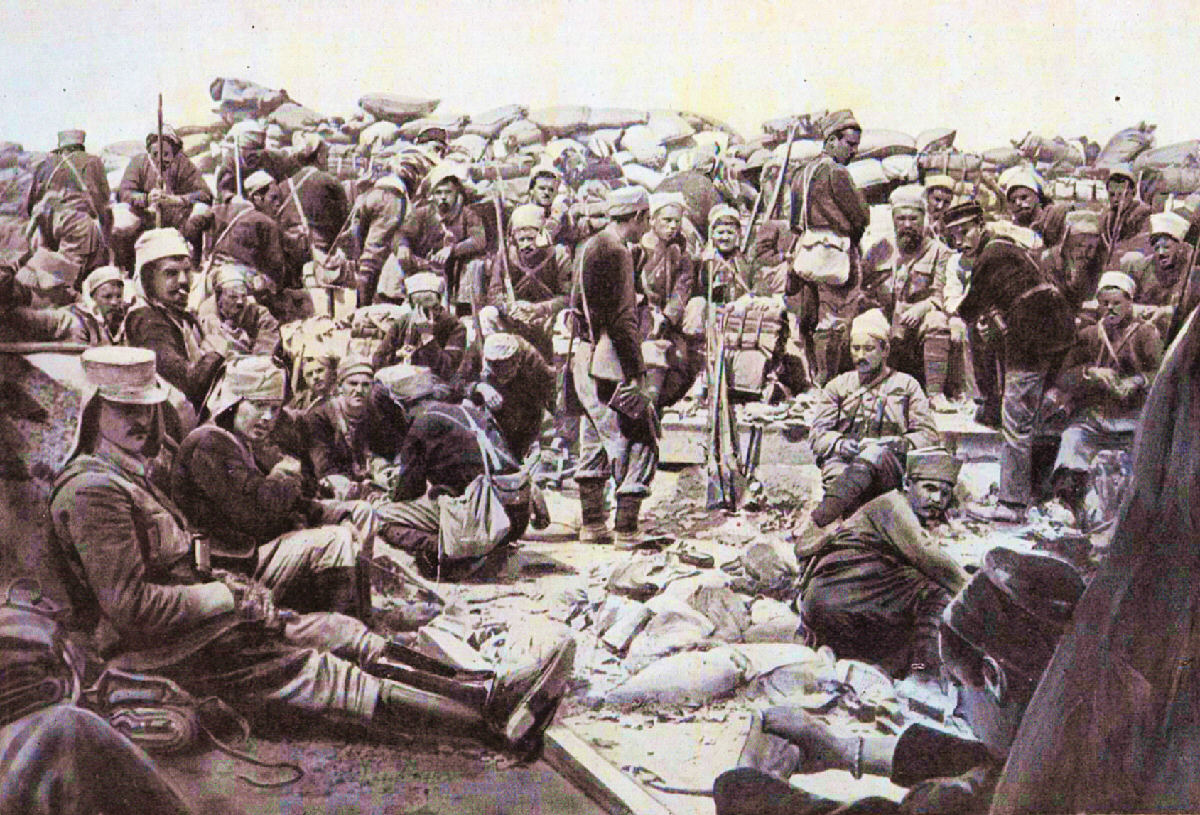 |
| Colonial Troops Shortly After Arrival |
It is often forgotten that the French made a major contribution at Gallipoli. On the first day of the landings their forces sent to capture Kumkale on the Asian side were the only troops to accomplish their objective on 25 April 1915. When moved across the straits they held down a good part of the Allied right flank at Helles (approximately one-fourth of the Helles line) through the fall of 1915. They were, however, considered something of a weak link until placed under the command of General Henri Gouraud, a future "Western Front star," who arrived in May. It was Gouraud who organized the limited, but impressive, advance by French units on 21 June.
The sacrifice of the 42,000 metropolitan and colonial French soldiers who served at Gallipoli is honored at a cemetery and memorial above S Beach where there are over 2,000 graves and four ossuaries, each with the skeletal remains of 3,000 men.
Wednesday, April 23, 2014
The Centennial at the Grass Roots Series: Mustering the Doughboy Reenactors
Since I've been operating The Doughboy Center Website I have seen that one component of the World War I community has labored tirelessly to keep interest in America's participation in the Great War active and living. It is the loose-knit collection of Doughboy Reenactors, who are scattered around the country and even in Europe. During the Centennial these groups are going to come to the forefront. They make themselves available for ceremonies, they help with education of young people, and they can always be counted on to encourage appreciation of history anyway they can. In case you are not familiar with any of these groups, here is the homepage of one of my favorites, the 318th Infantry Regiment. Their Newsletter Articles have terrific information on the Doughboys' uniforms, gear, and food. (Have you ever wondered how to wrap puttees on your feet so they don't get tangled up?)
Mike Hanlon
Tuesday, April 22, 2014
July, 1914: Countdown to War — Reviewed by Ron Drees
July, 1914: Countdown to War
by Sean McMeekin
Published by Basic books, 2013
Despite the title, July 1914 begins on June 28 with the assassination of the Archduke and his wife. In addition to the horrendous tragedy familiar to us is the fact that nobody liked the Archduke. He was the heir to the Austro-Hungarian throne but had married for love far beneath his station, resulting in the ostracism of his wife and general disparagement of himself. For such a horrendous and far-reaching war to be based on his murder is incomprehensible — almost. His murder brought nationalistic hatred to the surface and provided the desired excuse for one nation, Austria, to wreak havoc on another, Serbia.
What followed the assassination was a convoluted interplay between the great and not-so-great powers of Europe, some seeking peace and others an opportunity to pursue their own goals. Diplomatic dispatches were worded in such a way to communicate the truth but not the whole truth, actions were taken covertly to gain an advantage over other nations, intelligence reports were incomplete, leaving recipients unaware of the seriousness of the situation, and national intentions were misunderstood.
A poorly thought-out conversation between the Kaiser and Austria's ambassador gave Austria free rein to do as they pleased, and an unacceptable ultimatum was the result. The communication of Austria's ultimatum to Serbia was timed so that France's president and Russia's tsar, an ally of the Slavs in Serbia, would not know about it during their conference. Poincaré would not learn until later because wireless communications with his ship returning from Russia were poor. Later, Russia mobilized, and England, due to poor intelligence, was deceived by misleading Russian statements. This combination of incompetence, deception, and nationalism combined to create the unstoppable avalanche.
What followed the assassination was a convoluted interplay between the great and not-so-great powers of Europe, some seeking peace and others an opportunity to pursue their own goals. Diplomatic dispatches were worded in such a way to communicate the truth but not the whole truth, actions were taken covertly to gain an advantage over other nations, intelligence reports were incomplete, leaving recipients unaware of the seriousness of the situation, and national intentions were misunderstood.
Order Now |
Even within the major powers, communication was less than forthright. Churchill ordered the fleet north to Scapa Flow without lights or bothering to inform Foreign Minister Grey. Russia began mobilizing without informing the Tsar. Chancellor Bethmann did not keep the Kaiser informed, playing on Wilhelm's limited attention span and frequent mood changes. Grey would speak to Parliament for ninety minutes and yet left out such details as why France should be supported, what Belgium's rejection of Germany's ultimatum meant, and just what England would do about the situation. Grey uttered many words but did not communicate with Parliament or Germany that England was willing to fight.
Nations distracted by internal problems; behind-the-scenes maneuvering; information withheld or distorted or incompletely presented; leaders who did not comprehend or were ignored; and other irresponsible acts all contributed to the collision. Yes, the troops came home before Christmas — of 1918 — those who survived.
Nations distracted by internal problems; behind-the-scenes maneuvering; information withheld or distorted or incompletely presented; leaders who did not comprehend or were ignored; and other irresponsible acts all contributed to the collision. Yes, the troops came home before Christmas — of 1918 — those who survived.
 |
| Nikola Pašić, Serbian Prime Minister His Conciliatory Response to the July Ultimatum Focused Responsibility for War on Austria-Hungary |
So who really started the war? The author absolves Germany of some but not all war guilt and assigns more responsibility to Russia and Austria than previous historians but draws no absolute conclusions. While he has unearthed, deciphered, and revealed more information than previously available, too many documents from various countries have been destroyed or remain unavailable to reach a rock-solid conclusion. Yet, as I read the book, I saw no innocent parties. The amount of guilt varied but all were stained either by omission or commission. What McMeekin has not indicted is the war jubilation of the good citizens of several nations, particularly England, France, and Russia. Perhaps if those good citizens had understood who or how many would die horribly, their leaders might have been less anxious to jump off the deep end.
Mentally tracking the moves and countermoves in this book is a serious challenge. Readers would have been better served if the author had provided a graphic time line of events, including a presentation of diplomatic conclusions and of who became aware and when. Nevertheless, we can read July 1914 for some new information, for the serious challenge of keeping all the events and actors mentally organized, and for an understanding of how communications and travel were so much different and played a significant background role before the world turned inside out.
Ron Drees
Mentally tracking the moves and countermoves in this book is a serious challenge. Readers would have been better served if the author had provided a graphic time line of events, including a presentation of diplomatic conclusions and of who became aware and when. Nevertheless, we can read July 1914 for some new information, for the serious challenge of keeping all the events and actors mentally organized, and for an understanding of how communications and travel were so much different and played a significant background role before the world turned inside out.
Ron Drees
Monday, April 21, 2014
On the Importance of Bruchmüller
How were German forces able to penetrate the Allied lines so deeply during the early Ludendorff Offensives of 1918?
The German infiltration tactics of 1918 can be summarized under four headings: innovative artillery preparation; the combined arms assault or storm battalion; rejection of the linear advance in favor of bypassing enemy centers of resistance; and attacks to disorganize the enemy rear area. The key was artillery. Col. Georg Bruchmüller, an obscure officer retired for nervous problems in 1913 but recalled to duty for the war, developed German artillery techniques to a fine art by the time of the Spring Offensives of 1918.
 |
| Colonel Bruchmüller |
The essence of the Bruchmüller artillery preparation was a carefully orchestrated, short but intense bombardment designed to isolate, demoralize, and disorganize enemy defenders. Georg Bruchmüller avoided area targets, concentrating on such key points as artillery observation posts, command posts, radio and telephone centers, rearward troop concentrations, bridges, and major approach routes. He carefully pinpointed all these targets on aerial photographs. The result was to knock out enemy communications and isolate forward units.
The effect was increased by surprise. At the start of the German offensive on 21 March 1918, Bruchmüller began his bombardment with ten minutes of gas shells to force the British to mask, followed by four hours and 25 minutes of mixed gas and high explosives. The preparatory fires shifted back and forth, so that the British did not know when the artillery was actually lifting for the infantry advance. Meanwhile, automatic rifle teams moved as close as possible to the British positions during the bombardment. When the Germans did advance, they moved behind a rolling barrage, further enhanced by intense fog. The combination of surprise, brevity, intensity, and carefully selected targets was unique.
Jonathan M. House, Combined Arms Warfare in the 20th Century
Sunday, April 20, 2014
Saturday, April 19, 2014
The Tomb of Poland's Unknown Soldier, Warsaw
Photos Contributed by Steve Miller
The establishing of the tomb under the arcades of the Saski (Saxon) Palace was initiated by the Minister of Military Affairs General Wladyslaw Sikorski, the mausoleum project by Stanislaw Ostrowski, the sculptor.
Fifteen battlefields were selected by the military historical office as possible sites for acquiring the remains of the Unknown Soldier. On 4 April 1925 the site of the Battle of Lwów, which took place in 1918-1919 in the Polish-Ukrainian War, was selected. On 2 November 1925 it was placed in the mausoleum at the Saski Palace. Fourteen urns containing earth from the other 14 Polish battlefields were placed around the covering for the coffin.
 |
| The Tomb of the Unknown Soldier Bears Witness to the Bravery and Dedication of All Polish Soldiers Who Died in Service to the Country |
The places and dates of the battles were commemorated on four plates fastened to the pillars. After the German occupation and Warsaw uprising of 1944 only the arcades of the Saski Palace survived. A post-1945 restoration was made in accordance with the original plan. During the postwar era the Tomb of the Unknown Soldier was the place where Polish aspirations for independence and freedom manifested.
 |
| Lwów in the now-Ukrainian city of Lviv (German Lemberg) Note this panel remembers the Polish Contributions Throughout WWII |
When Poland regained complete independence in 1990, the original architecture of the mausoleum's interior was restored. The four original plates were reproduced with 14 new plates added listing sites of martyrdom and the most important battles fought by the Polish Army over the centuries. The dedication of the restored memorial took place on 3 May 1991.
Friday, April 18, 2014
Western Front Virtual Tour —
Stop 16: Battle of Charleroi - Fighting Around Lobbes, Belgium

About 5 miles southwest of the Belgian city of Charleroi, on the north bank of the River Sambre, lies the village of Lobbes. For three days in August 1914 actions were fought in its vicinity that — because of the stalwart defensive efforts of smaller French units — prevented advancing German forces from flanking the French Army's deployments in the west, potentially compromising their strategic position fully.
Click on Image to Expand
Thursday, April 17, 2014
Wednesday, April 16, 2014
The Origins of "Great War"
The Oxford English Dictionary lists two definitions for "Great War":
(a) the French Revolutionary and Napoleonic Wars, 1793-1815;
(b) the war which began on 28 July 1914 with hostilities between Austria-Hungary and Serbia, and ultimately involved the majority of the nations of the world; it was suspended by armistice 11 Nov. 1918.
The first published usage of "Great War" for (b) seems to have been in 1914, by Maclean's Magazine, October issue, Volume XVII: Number 12, page 54:
"Some wars name themselves — the Crimean War, the Civil War, the Franco-Prussian War, the Thirty Years' War, the Revolutionary War, and many others. This is the Great War. It names itself."
Tuesday, April 15, 2014
Under Fire (Le Feu) — Reviewed by Michael Kihntopf
Under Fire (Le Feu)
by Henri Barbusse
Published in Many Editions Since 1916
Under Fire is a story of a French soldier's (or poilu's, meaning "hairy one") involvement in the first two years of the Great War. Although it is a novel, the author spoke from a position of having been there, hearing about, and living life among the ranks. Barbusse volunteered for service in 1914 at the advanced age of 41. He saw combat with the 231st Infantry Regiment as a soldier and a stretcher bearer at Soissons and Artois before being invalided out in late 1915 because of a lung condition, dysentery, and exhaustion. During that service he was cited for bravery twice.
But a reader should not expect to read here about the heroic military feats that poilus rendered in the face of the enemy. Au contraire. Barbusse noticed upon his return to the rear areas in 1916 that accounts of the war had taken on a romantic, fictional guise to encourage the ranks and incite the people to greater things. Barbusse saw that the real poilu and the conditions under which he fought were being lost in favor of a sanitized approach. Even the language that the poilu used was being ignored for more formal speech. As a consequence he decided to write a book that would lay the truth out as succinctly as possible in the vernacular of the trenches. Naturally, 1916 censorship would not let him publish such an account in a book, but the author found a way around the censors by serializing the book in L'Oeuvre, a monthly literary review magazine. The serials were finally brought together in 1917, the year when war-weariness was reached and people were looking for the truth, and then published as a book. Its reception was phenomenal—even being read by the poilus at the front.
There was criticism also. The purists saw Under Fire as fiction at its best without any relation to reality. They noted that many of the vignettes that the author talked about were in fact rumors that circulated freely along the front; in other words, old war stories that had been circulating since time immemorial. One such story is about the beautiful Eudoxie who appears from time to time "like a silhouette at the edge of the forest." She is slim, has blonde unbound hair, and huge dark eyes. Rumors have it that she is not quite right in the head but in love with one of the men in Barbusse's regiment. As a consequence of this love, she follows the regiment wherever it goes, even into the front lines darting about as if borne by the wind. Eudoxie appears numerous times in the narrative under different circumstances. There are many who lust after her but never catch her.
Order Now |
There was criticism also. The purists saw Under Fire as fiction at its best without any relation to reality. They noted that many of the vignettes that the author talked about were in fact rumors that circulated freely along the front; in other words, old war stories that had been circulating since time immemorial. One such story is about the beautiful Eudoxie who appears from time to time "like a silhouette at the edge of the forest." She is slim, has blonde unbound hair, and huge dark eyes. Rumors have it that she is not quite right in the head but in love with one of the men in Barbusse's regiment. As a consequence of this love, she follows the regiment wherever it goes, even into the front lines darting about as if borne by the wind. Eudoxie appears numerous times in the narrative under different circumstances. There are many who lust after her but never catch her.
 |
| A French Trench About the Time of Barbusse's Narrative |
Throughout the book Barbusse writes in the first person and present tense, which adds realism to the writing. The soldiers he marches, eats, and sleeps with come and go and the reader listens to them talk of families, wives, sheep, and cows as if sitting by the fire or in the cold, louse-infested barn that serves as quarters. The author also minutely describes artillery bombardments and the grotesque state of the corpses left behind. I was reminded of the accounts Ernst Jünger laid out in his Storm of Steel written almost ten years later. And there are philosophical discussions among the soldiers about the meaning of the war, the existence of a supreme being, and how many pockets a poilu's uniform has. These discussions lay out the author's pacifist leanings that came as a result of his experiences in the trenches. A real standout on almost every page is Barbusse's descriptions of his surroundings. Such as his depiction of the battlefield:
The great pale sky is filled with claps of thunder. Each explosion reveals at once, falling out of a reddish flash, a column of fire in what is left of the night and a column of smoke in the already dawning day. . . Up there, on high, far away, a flight of fearsome birds, panting powerfully and with broken breath, which can be heard but not seen. . .
I was enthralled by the work and have read it numerous times. Each time, new information is found, new emotions are experienced, and one comes away with a greater appreciation of the Great War's conditions for the soldier. Under Fire has been in print since 1916 with the most recent coming just last year in English and this year in French. (We can take exception to the cover of the English version, which depicts an English soldier in the trenches instead of a poilu. Don't be misled if you run across that cover. This book is about the French experience.)
Michael Kihntopf
Michael Kihntopf
Monday, April 14, 2014
1916 — France Introduces Two Great Aircraft
.JPG) |
| Breguet XIV (A2) at the French Air and Space Museum |
The Breguet 14 was noteworthy as the first aircraft in mass production to use large amounts of metal —rather than wood—in its structure, allowing the airframe to be lighter than a wooden airframe of the same strength, in turn making the aircraft very fast and agile and able to outrun many fighters of the day. It would see its most notable use as a bomber through the end of the war.
 |
| Guynemer's Spad VII at the French Air and Space Museum |
The SPAD VII single-seat fighter was introduced and eventually equips squadrons of eleven nations. It was renowned as a sturdy and rugged aircraft with good climbing and diving characteristics. It also had a stable gun platform. It had a maximum speed of 119 miles per hour with a range of 225 miles armed with a single Vickers .303 machine gun and a service ceiling of 2,000 meters (6,560 feet), which it could reach in 4.5 minutes. Some of the aces who flew it were Georges Guynemer (France), Francesco Baracca (Italy), and Alexander Pentland (Australia).
Sunday, April 13, 2014
Reminding Schoolchildren of the War
Contributed by Tony Langley
This is an immediate postwar illustration taken from a French writing tablet for use in primary schools. It shows an attack by French infantry on German trenches along the Aisne, just after the French victory on the Marne.
Putting such patriotic war scenes on French and Belgian schoolbooks was not at all that uncommon a way to remind schoolchildren of the recent conflict that had caused so much death and destruction of their countries.
Saturday, April 12, 2014
100 Years Ago: Quotes from April 1914
Apparently someone or other is spreading the rumor that I won't stay in exile till the end of my sentence. Rubbish! I inform you and swear like a dog I'll remain in exile till the end of my sentence.
Stalin to a Police Informer, in Siberia, 7 April 1914
The idea came into my head to take my husband's place, to go myself to demand satisfaction from the editor in chief of Le Figaro.
Madame Caillaux, Pre-Trial Hearing, 7 April 1914
 |
| Henriette Caillaux |
Easter
The air is like a butterfly
With frail blue wings,
The happy earth looks at the sky
And sings.
Joyce Kilmer, KIA July 1918, in Poetry magazine, April 1914
I do not know how much longer we shall be able to follow our present policy of dancing on a high rope and not be compelled to take up some definite line or other. I am also haunted by the same fear as you — lest Russia becom tired of us and strike a bargain with Germany.
British Foreign Office Memorandum, Buchanan to Grey (German diplomats were making an approach to the Russians for detente, who had become alarmed over the German appearance in Constantinople.)
Suffragette Miss Kitty Marion, who was rearrested early in January under the "Cat and Mouse Act," was released from Holloway [Gaol] yesterday. . . having lost 2 stone 8 lb in weight. She had been forcibly fed 232 times. . .She states that so great did the repeated physical and mental agony become that she felt she have to put and end to it by hanging herself. On one occaision she broke the glass protecting the gaslight and set the bedclothes on fire. Miss Marion is now in a nursing home.
Manchester Guardian, 17 April 1914
 |
| April 1914 Magazine Cover |
[An] ascetic figure whose voice and agitated gestures exercised a fatal and seductive fascination over the delegates at the meeting.
Mussolini Described at a Meeting of Italian Socialists, Azione Socialista, April 1914
Resolved by the Senate and House of Representatives in Congress assembled, that the President of the United States of America is justified in the employment of armed force of the United States to enforce the demands made upon Victoriano Huerta for unequivocal amends to the Government of the United States for affronts and indignities committed against the Government by Gen. Huerta and his representatives.
Passed by the House, 20 April 1914
 |
| U.S. Landing Party, Vera Cruz, Mexico |
The Larne Gun Running Operation by Irish Unionists;
...There was no rush or bustle in the doing of it. It was accomplished with celerity, yet without fuss or splutter, because it was done in pursuance of a well-formed plan, executed as perfectly as it had been preconceived...So exactly had this mobilisation been arranged that these hundreds of motors reached the assembly point at an identical moment. It was an amazing sight to see this huge procession of cars nearly three miles in length descending upon the town with all their headlights ablaze
the Belfast Evening Telegraph, 25 April 1914
The Kaiser on an Archaeological Vacation on Corfu
The excitement is great, the excavations have unearthed very important things that are of great interest to the archaeologists. . .Yesterday we had a great treat — 180 young Greek ladies had come over in a special steamer and in the afternoon danced old national dances in costumes, that came from all parts of Greece and were quite unique. The effect of all the different colours under the olive trees in the sunlight were simply magical. . . It was all like a fairy tale or a dream.
Kaiser Wilhelm II, April Correspondence
Friday, April 11, 2014
Subscribe to:
Posts (Atom)










